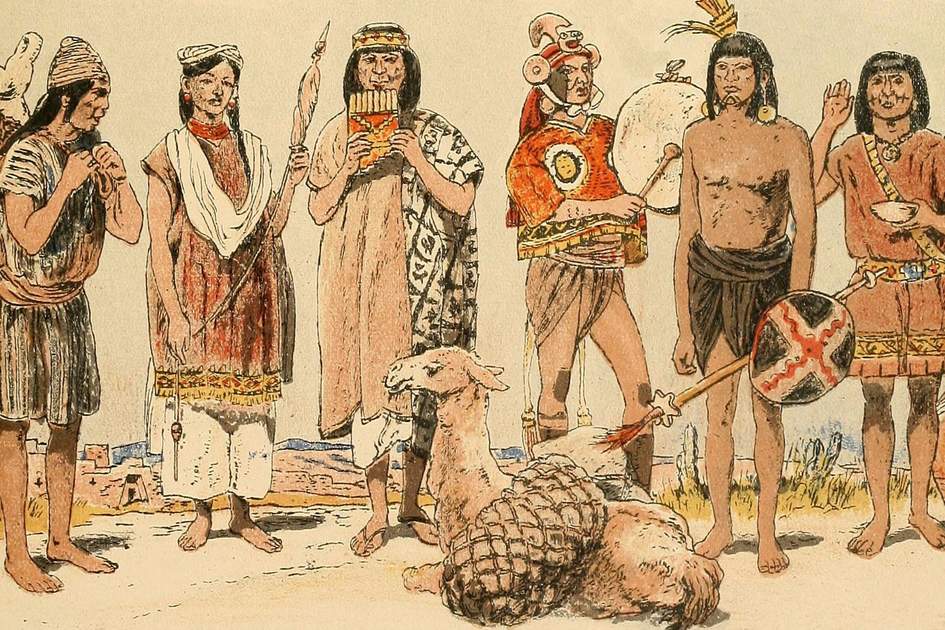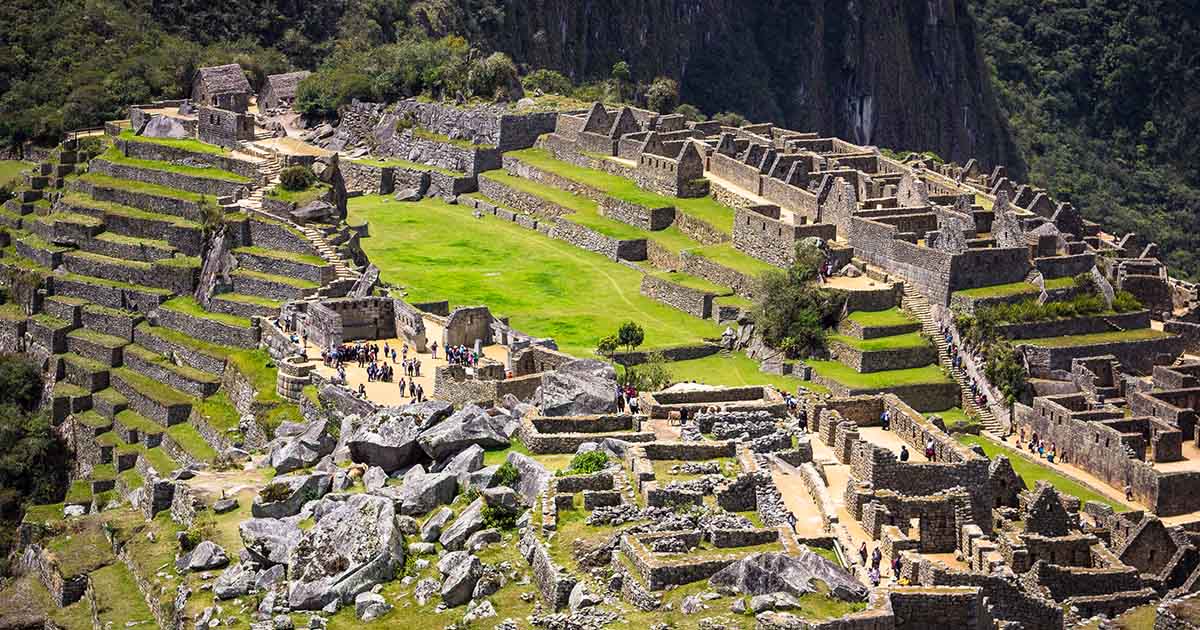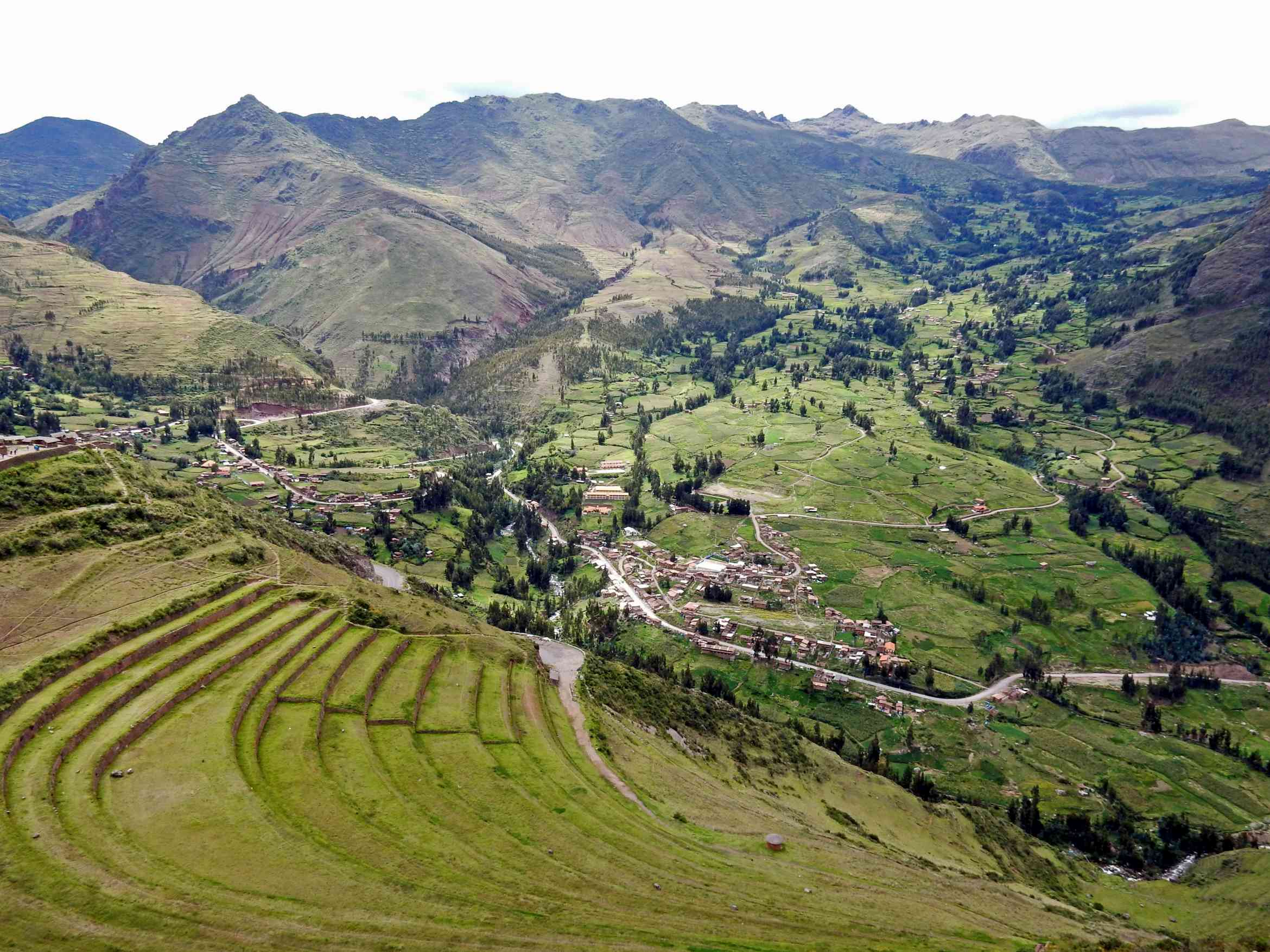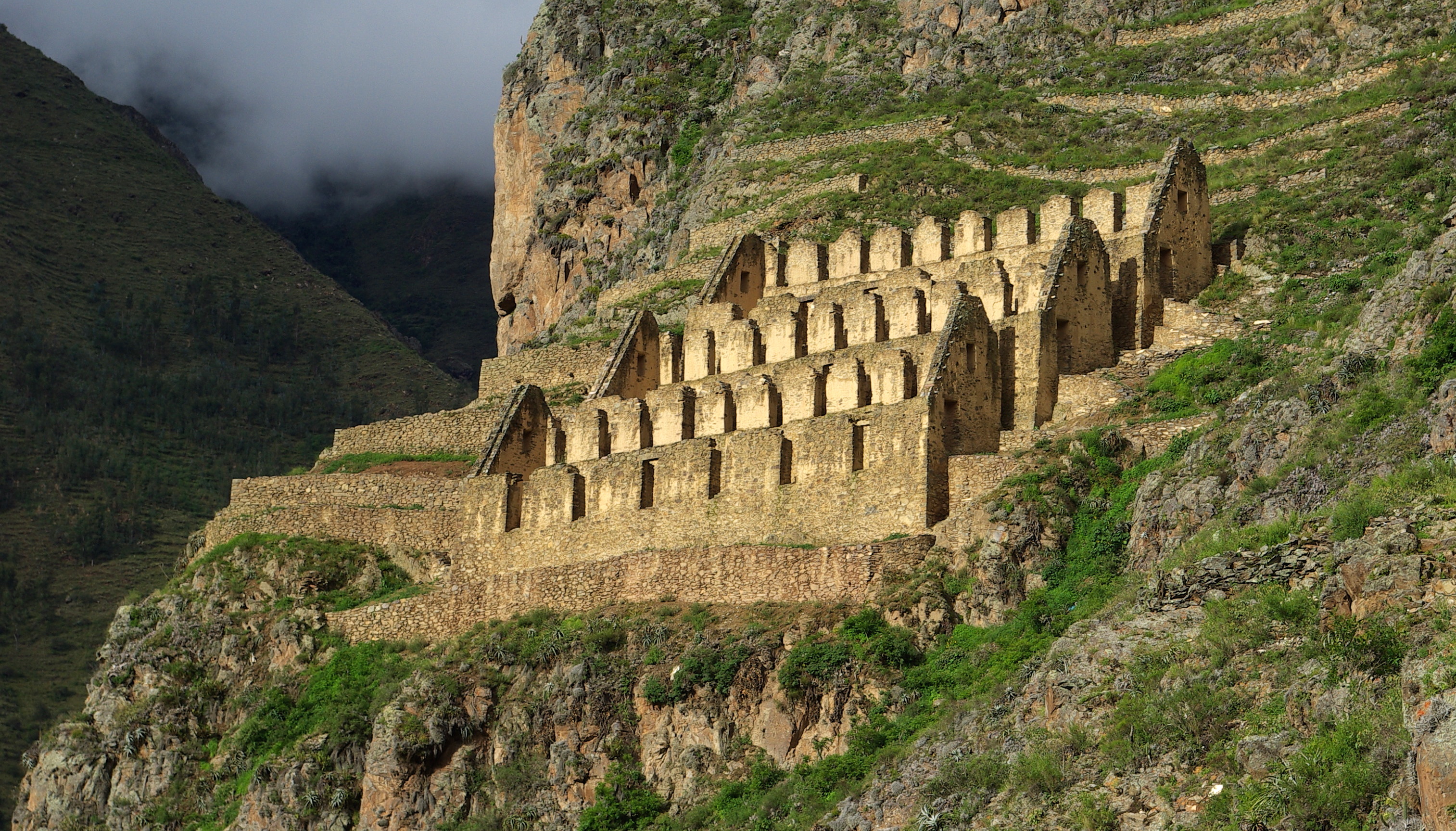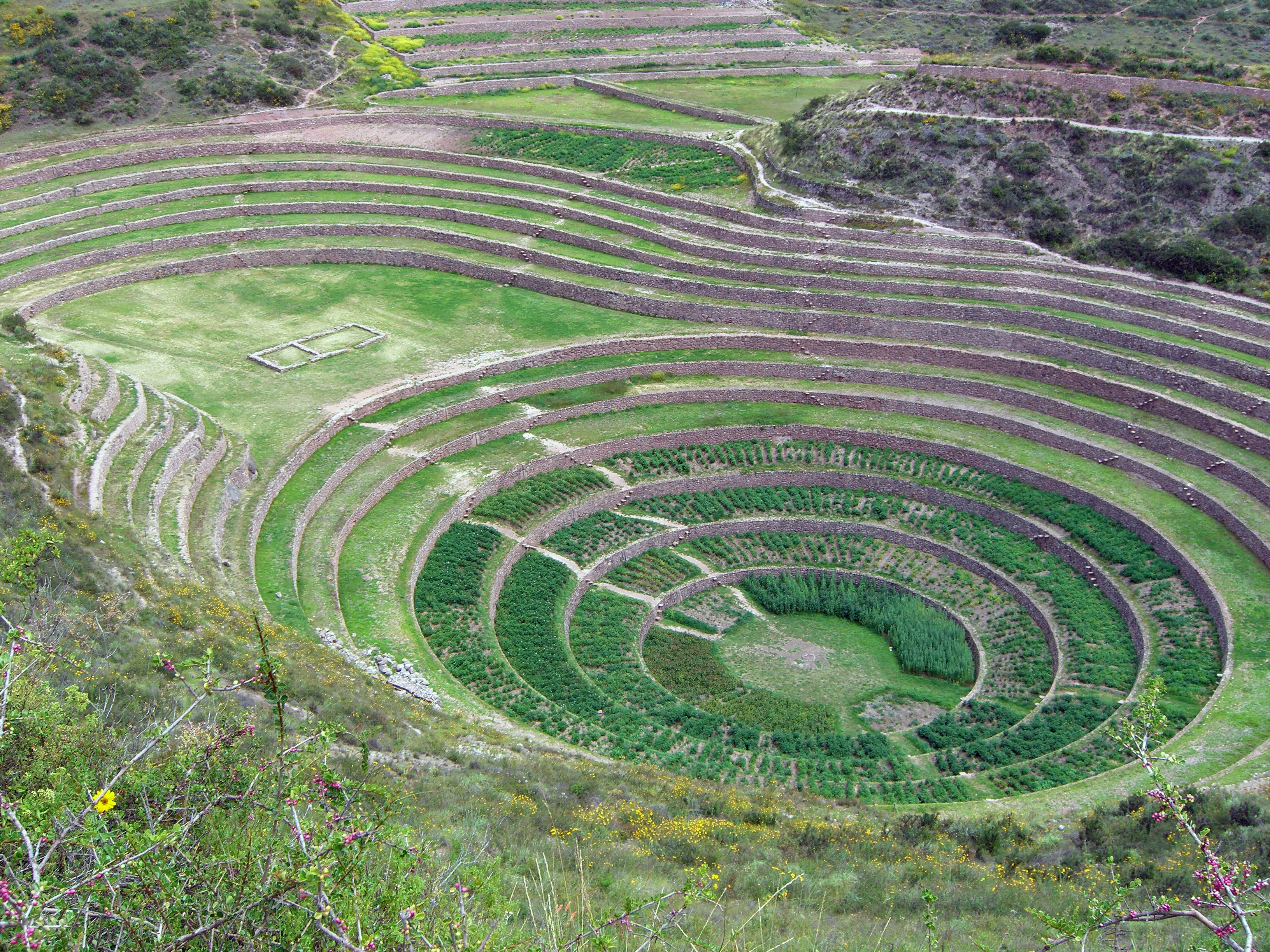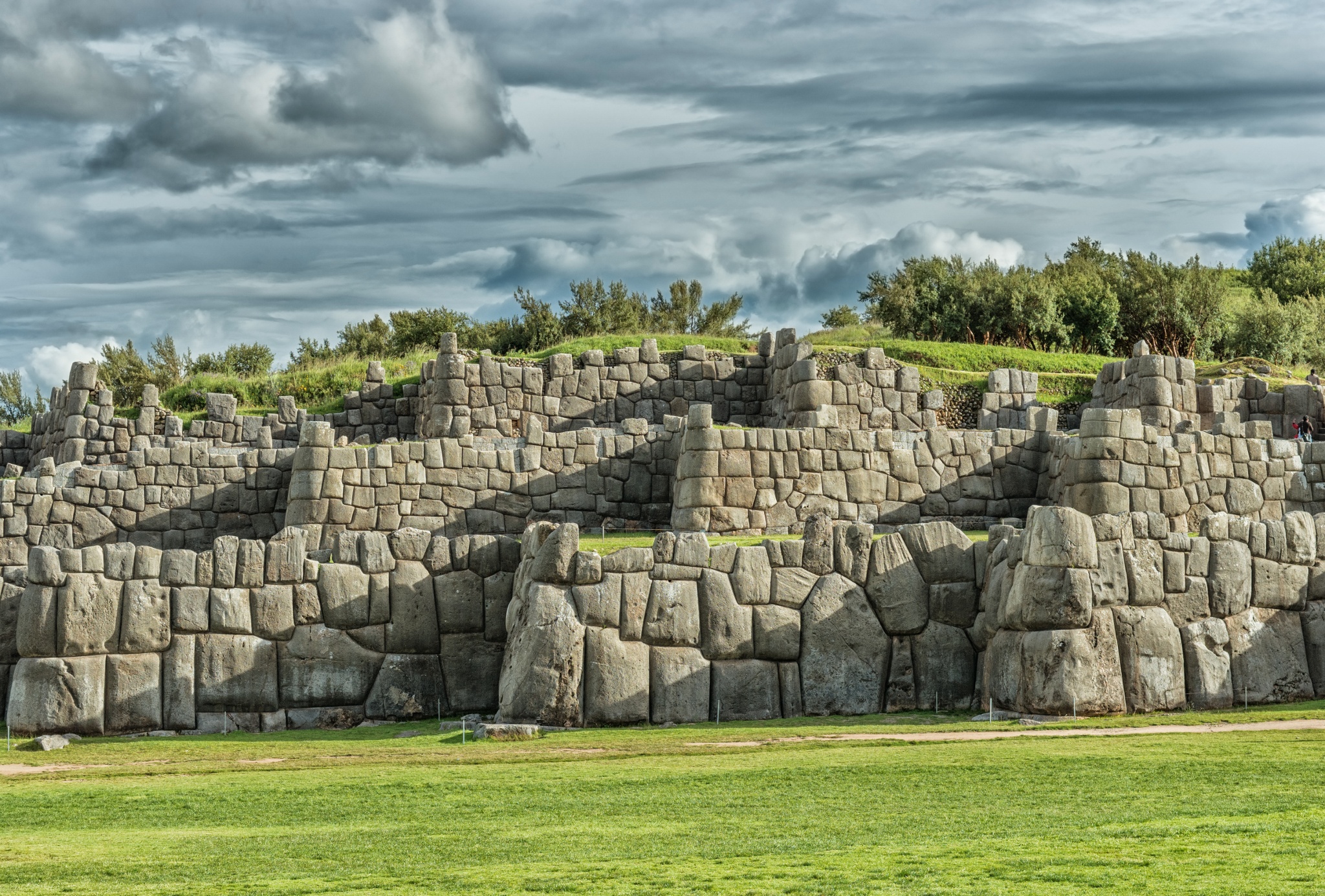Inca Ruins - Best Archaeological Sites To Visit
Inca ruins - Cuzco, in the present-day country of Peru, is the site of numerous archaeological sites that date back to the time of the Inca civilisation. The ruins include a number of stone structures and temples in their composition. The Temple of the Sun, which is widely regarded as one of the most significant archaeological sites in South America, can be found in this area.
Author:Sophia HarperReviewer:Liam JonesMay 20, 2022127.7K Shares2M Views
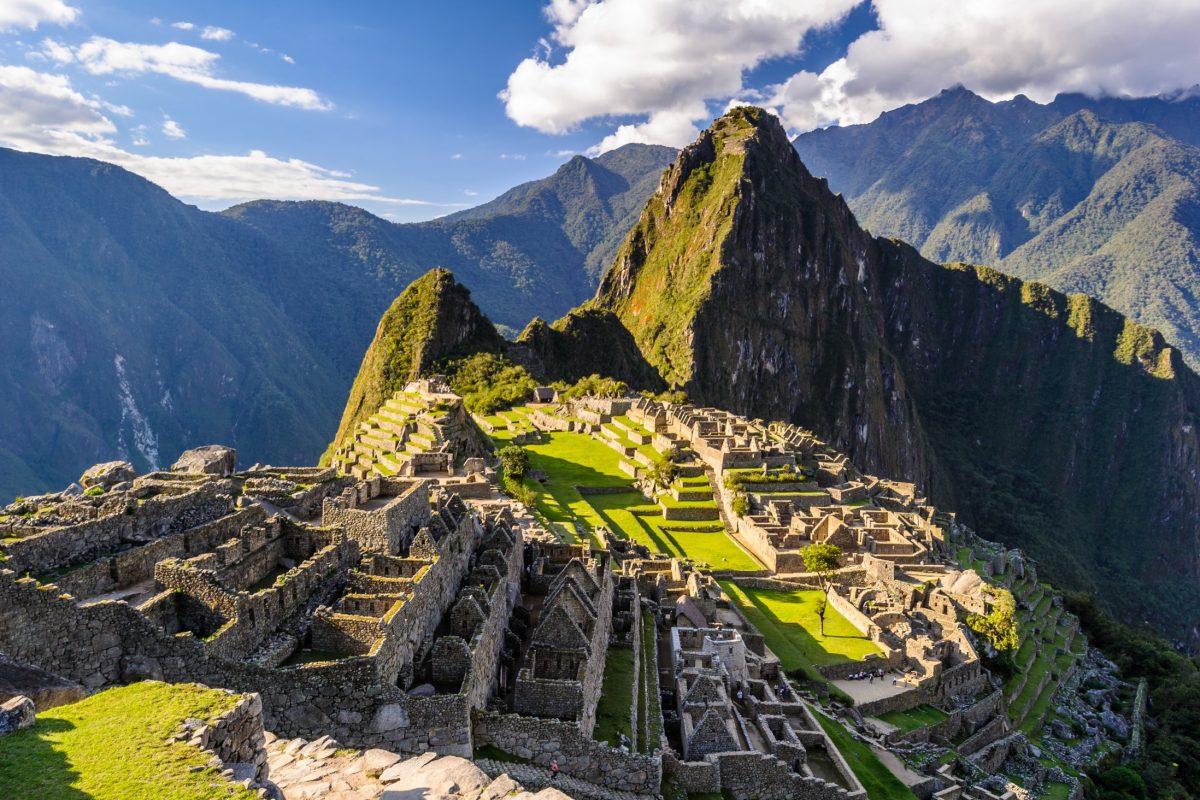
Inca ruins- Cuzco, in the present-day country of Peru, is the site of numerous archaeological sites that date back to the time of the Inca civilisation. The ruins include a number of stone structures and temples in their composition. The Temple of the Sun, which is widely regarded as one of the most significant archaeological sites in South America, can be found in this area.
The Inca
The society that evolved out of the Inca civilization in Peru was known as the Inca society. This civilization reached its pinnacle during the reign of the Inca Empire, which extended from 1438 to 1533 after the common era. Before the year 1438, the Inca state was commonly referred to as the Kingdom of Cusco. Throughout the history of the empire, the rulers included a significant chunk of western South America, focused on the Andes mountain ranges, through a combination of military conquest and peaceful assimilation of the local population. Atahualpa, the last Sapa Inca (emperor) of the Inca Empire, was assassinated in 1533 on the instructions of the adventurer Francisco Pizarro, signaling the commencement of Spanish control in the region. This event marked the end of the comparatively short-lived Inca Empire. The Spanish invaders won the battle in 1572 and took control of the last Inca bastion, which was the Neo-Inca State in Vilcabamba.
Now let's talk about some of the best sites of this ancient civilization.
Machu Picchu
The famous hidden citadel of the Incas tops our list of the best Inca ruins. This majestic royal complex nestled amid the misty cloud forest atop a deep slope above the Sacred Valley. Machu Picchu is the Inca archaeological site in Peru that is the most well-known, well-preserved, and magnificently positioned. As a result, it receives the most visitors. Around the year 1450, it was constructed when the Incas expanded their empire outside from their capital city of Cusco under the leadership of their visionary ruler Pachacuti Inca Yupanqui.
Machu Picchu, which can also be written Machupijchu, is a site of ancient Inca ruins that is situated in the Cordillera de Vilcabamba of the Andes Mountains, approximately 80 kilometers (50 miles) to the northwest of Cuzco, Peru. Machu Picchu, also known as "Old Peak," and Huayna Picchu, sometimes known as "New Peak," tower over the Urubamba River valley below it. Machu Picchu is in a narrow saddle between these two peaks at an elevation of 7,710 feet (2,350 metres). Machu Picchu, which is considered to be one of the world's most significant pre-Columbian archaeological sites, was included on the UNESCO World Heritage list in 1983.
Pisac Ruins
The village of Pisac is consistently ranked as one of the most popular destinationsfor tourists that travelto Cusco. People who are hoping to get away from the crowds and experience a more traditional way of life in rural Peru frequent the peaceful village because of its reputation. On the other hand, it is well-known for its astronomical observatory (Inca ruins) and a big market, both of which draw a significant number of tourists from the city of Cusco, which is located close. The ruins of Pisac, which are located in the Sacred Valley of the Incas, are among the most extensive archaeological sites in all of Peru. Pisac is situated 33 kilometers to the northeast of Cusco on the long crest of a mountain that is 3,000 meters in height and overlooks the southern end of the Urubamba Valley, often known as the Sacred Valley.
Cities were frequently designed to resemble animals, as this was a common practice in Inca building. Therefore, Pisac got its name from its resemblance to a partridge. Both the vistas from the countryside and the ruins themselves are enthralling, and the markers that have been placed around them are extremely fulfilling. It's possible that you'll give in to the temptation to remain in the town for a longer period of time than you had planned.
Ollantaytambo
Ollantaytambo was a significant military, religious, and agricultural hub that still dazzles with its masonry platforms and its majestic buildings that are four meters high. In addition, Ollantaytambo is known for its impressive agricultural terraces. This is the location where Hernando Pizarro's Spanish army met off against Manco Inca's forces, and Manco Inca emerged victorious. This archaeological zone is located 80 kilometers away from the city of Cusco in the province of Urubamba. It is also 40 kilometers away from Machu Picchu. The dwellings, streets, and canals from the Tahuantinsuyo era are still preserved here.
A location that captivates visitors with its enchantment and secrecy. It is thought to have been a safe haven for Inca monarchs and nobles during their reign. The massive rocks that were used to construct the stronghold came from a quarry located six kilometers away, close to the Urubamba River. In order for the Incas to move these stones, they had to reroute the entire water channel around them. This required a high level of engineering expertise as well as a great deal of intelligence.
Moray
Moray, also known as Muray in Quechua, is an archaeological site in Peru. It is located on a high plateau roughly 50 kilometers (31 miles) northwest of Cuzco, at an elevation of approximately 3,500 meters (11,500 feet), and immediately west of the settlement of Maras. The location is home to Inca ruins, the majority of which are composed of a collection of terraced circular depressions, the greatest of which is around 30 meters (98 feet) deep. It also features an irrigation system, similar to those found at many other Inca sites.
There is a lot of mystery around the function of these depressions; nonetheless, due to their depth, design, and orientation with regard to the wind and sun, there is a temperature difference of up to 5 degrees Celsius (about 9 degrees Fahrenheit) between the top and the bottom.
Sacsayhuaman
The impressive temple-fortress of Sacsayhuaman was constructed in the middle of the 15th century on the orders of Pachacuti Inca Yupanqui. It serves as the puma-shaped arrangement of Cusco's head and forms the top of the puma. It is both an impressive display of force and a structure designed to gently emulate and integrate softly into the surrounding terrain. This is most clearly seen in the zigzagging walls, which are designed to replicate the contours of the mountains. It was utilized for both the worship of deities through the giving of sacrifices as well as the storage of large quantities of arsenal for the purpose of protecting the city from prospective dangers.
The worship of Inti, the Inca sun god, took up a significant portion of the activities that took place at Sacsayhuaman. At its core lies a peculiar stone temple in the shape of a circle, and this location was used on a regular basis for ritual sacrifices as well as the Inti Raymi celebration. The Festival of the Sun is still celebrated to this day; it is a vibrant event that takes place in June each year to commemorate the winter solstice. During the festival, participants dance and perform ritualistic rites while clothed in traditional garb.
Sacsayhuaman, like Machu Picchu and a great number of other Inca ruins, was an enterprise of enormous proportions. In spite of the fact that a large portion of the structure was destroyed by the Spanish and its stones were repurposed to build Cusco's colonial churches, the vast walls of the structure have been preserved as one of the finest examples of the precision and craftsmanship with which the Incas constructed their fortresses and cities, as well as the emphasis placed on harmonious integration with the surrounding environment.
People Also Ask
What Is The Most Famous Inca Ruin?
Machu Picchu is the most visited Inca archaeological site in Peru because it is the most well-known, well-preserved, and magnificently placed. It was constructed in 1450, as the Incas expanded their empire from Cusco, guided by their visionary commander Pachacuti Inca Yupanqui.
Do The Incas Still Exist?
The descendants of the Inca are the current Quechua-speaking peasants of the Andes, who make up roughly 45 percent of Peru's population. Farming and herding are combined with simple conventional technology.
What Countries Have Inca Ruins?
At its height, the Inca Empire included not only Peru but also western and south central Bolivia, southwest Ecuador, and a significant portion of what is now Chile's northern region, all of which are located above the Maule River.
Conclusion
The Incas were responsible for a civilization that extended all the way from Peru to Chile. They were renowned for the intricate and one-of-a-kind road networks, irrigation systems, and agricultural terraces that they constructed. The remnants of these long-lost civilizations can be seen in the landscape even now.

Sophia Harper
Author
Sophia Harper’s photography acts as a portal to the soul of the places she visits. Drawn to South America’s landscapes and cultures, she has spent years capturing everything from the majesty of ancient ruins to the vibrancy of urban streets.
Sophia’s work isn’t just about documenting moments; it’s about evoking the emotions and stories behind them. A dedicated photographer, she has worked with local communities across South America to capture their rich cultural narratives through her lens.

Liam Jones
Reviewer
Liam Jones has made it his mission to prove that adventure doesn’t need a hefty budget. Having traveled to over 40 countries, he specializes in finding affordable ways to experience the world, from the best street food in Bangkok to hidden gems in Lisbon.
Liam’s travel tips have reached thousands of readers, empowering them to see the world on a shoestring budget without sacrificing quality. With a deep passion for local cultures, he continues to share his travel hacks, ensuring adventure remains accessible to all.
Latest Articles
Popular Articles
